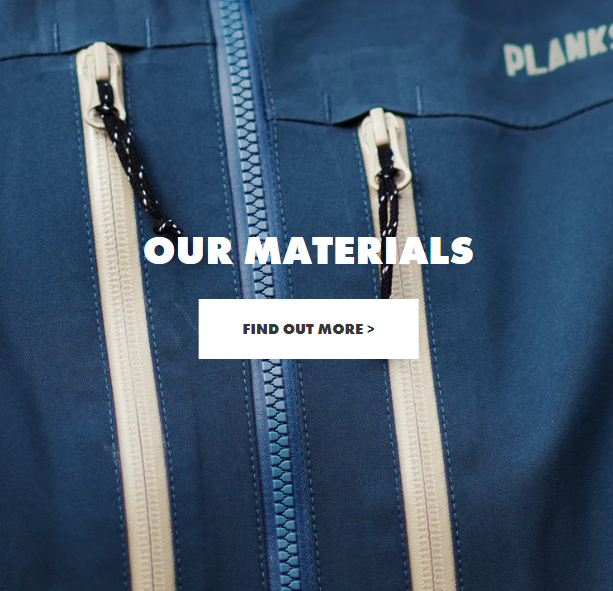You’ve heard it a million times before because it’s true; skiing in the backcountry is dangerous and ignorance is a killer.
You know the drill, never go alone, pack a shovel and a probe for digging your friends out, and wear your transceiver. Know how to use them, otherwise they’re as much use as a chocolate teapot. Do your homework and get as much knowledge as you can about travelling safely and picking sensible lines in unfamiliar terrain. Hire a guide if you’re unsure or inexperienced. Check the local avalanche forecast before heading out, they know more than you do, and always keep an eye out for these five red flags:

